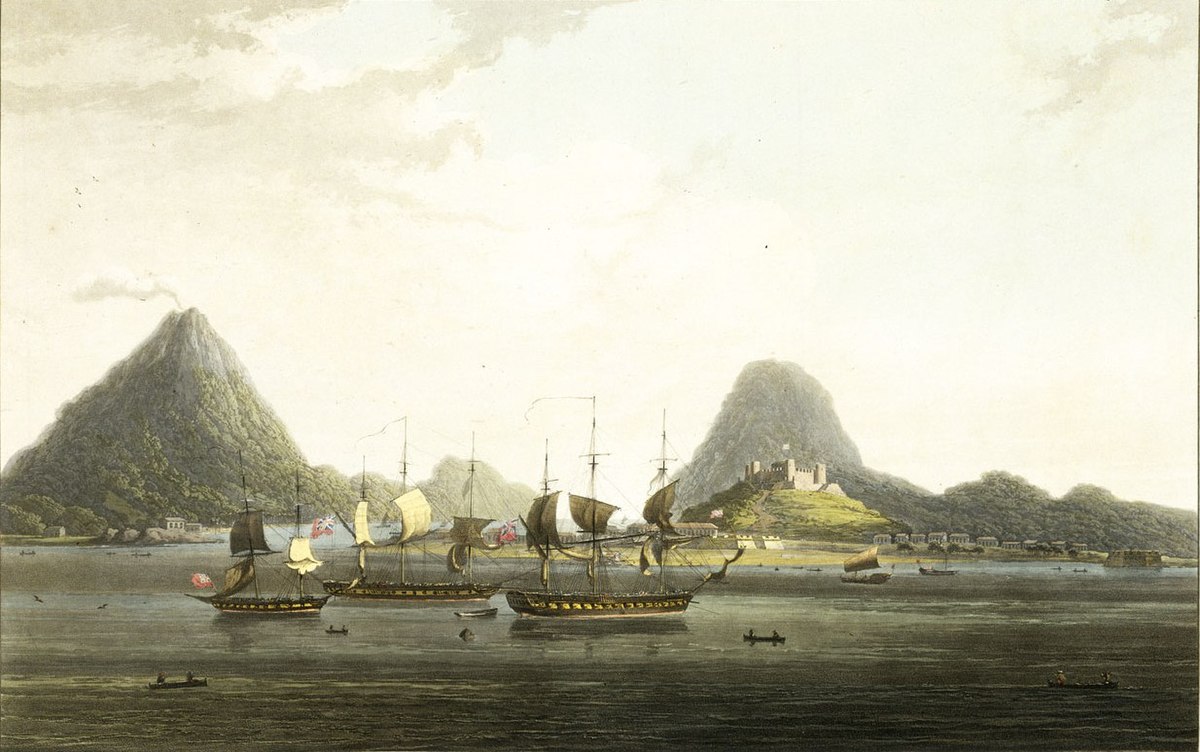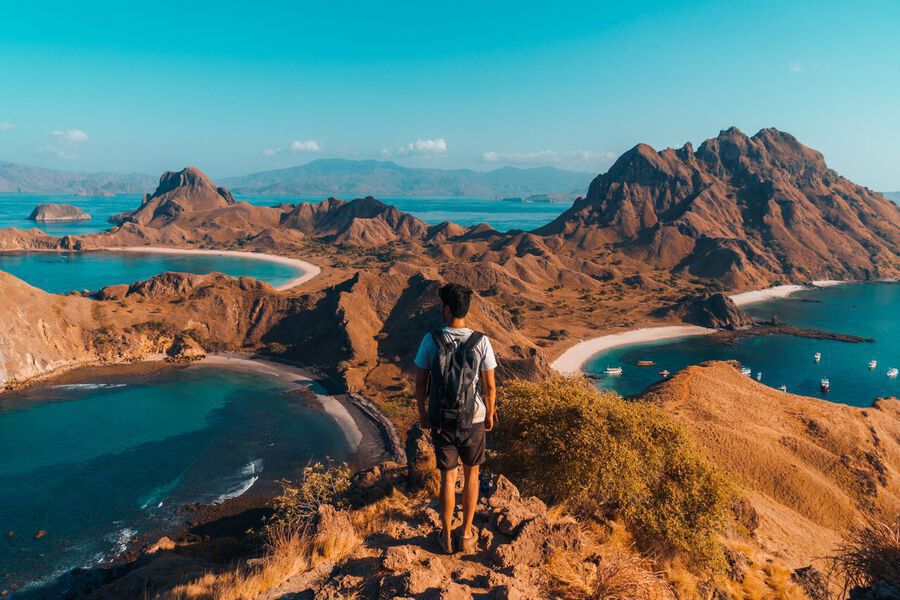vcdiversity.org – The Spice Islands, also known as the Moluccas, are a group of islands located in eastern Indonesia. These islands have played a pivotal role in the history of global trade, primarily due to their unique position as the original source of highly prized spices such as nutmeg, mace, and cloves. The allure of these spices, which were not only used for flavoring food but also as preservatives and in medicine, drew explorers, traders, and colonizers from across the world, making the Spice Islands a crossroads of cultures and a battleground for economic supremacy.
The Rise of the Spice Trade
Pre-European Trade
Long before the arrival of Europeans, the Spice Islands were part of a vast trade network that connected Indonesia with India, China, and the Middle East. Arab and Indian traders had been exchanging spices for silk, porcelain, and other goods for centuries. The knowledge of these spices, however, was closely guarded, and the precise location of the Spice Islands remained a well-kept secret.
European Exploration
The quest for a direct sea route to the Spice Islands was one of the driving forces behind European exploration in the Age of Discovery. In 1511, the Portuguese were the first Europeans to reach the Moluccas, following the path opened by Vasco da Gama around the Cape of Good Hope. This was soon followed by the arrival of the Spanish, Dutch, and English, each seeking to control the lucrative spice trade.
The Spice Wars
Dutch and Portuguese Conflict
The Portuguese initially established forts and trading posts in the Spice Islands, but their control was short-lived. The Dutch, through the Dutch East India Company (VOC), challenged Portuguese dominance and eventually took control of the Moluccas in the early 17th century. The Dutch then implemented a monopoly on the spice trade, forcibly restricting the cultivation of spices to specific islands and destroying competing crops and trees elsewhere.
British Rivalry
The British East India Company also sought a share in the spice trade, leading to a series of conflicts known as the Anglo-Dutch Wars. The British ultimately focused on other parts of the East Indies, while the Dutch maintained control over the Spice Islands until the early 20th century.
The Legacy of the Spice Trade
Cultural Exchange
The Spice Islands’ history as a trade route has left a rich cultural legacy. The islands are home to a diverse mix of Indonesian, European, and South Asian influences, visible in the local architecture, cuisine, and traditions. The syncretism of religions and cultures has created a unique tapestry of communities.
Economic Impact
The spice trade had a profound impact on the global economy, influencing the development of modern capitalism and the rise of European maritime powers. The wealth generated from the spice trade financed exploration, colonization, and the expansion of European empires.
Environmental Consequences
The Dutch monopoly practices led to significant environmental changes in the Spice Islands. The forced cultivation of spices and the destruction of other crops disrupted local ecosystems and contributed to the loss of biodiversity.
Conclusion
The Spice Islands’ historical trade route is a testament to the power of commerce to shape history and culture. From the ancient spice routes to the European Age of Exploration, the quest for these precious commodities has left an indelible mark on the world. Today, the Spice Islands stand as a reminder of the complex interplay between trade, power, and culture, inviting visitors to explore their rich heritage and natural beauty.

